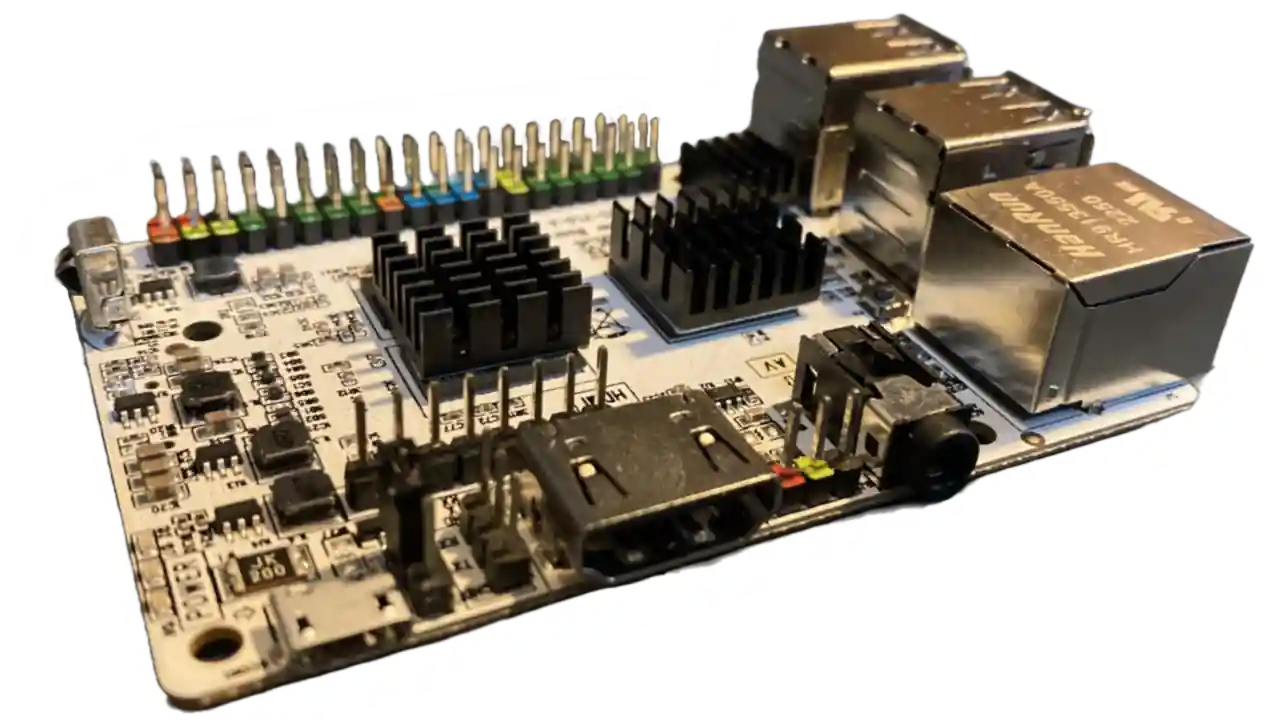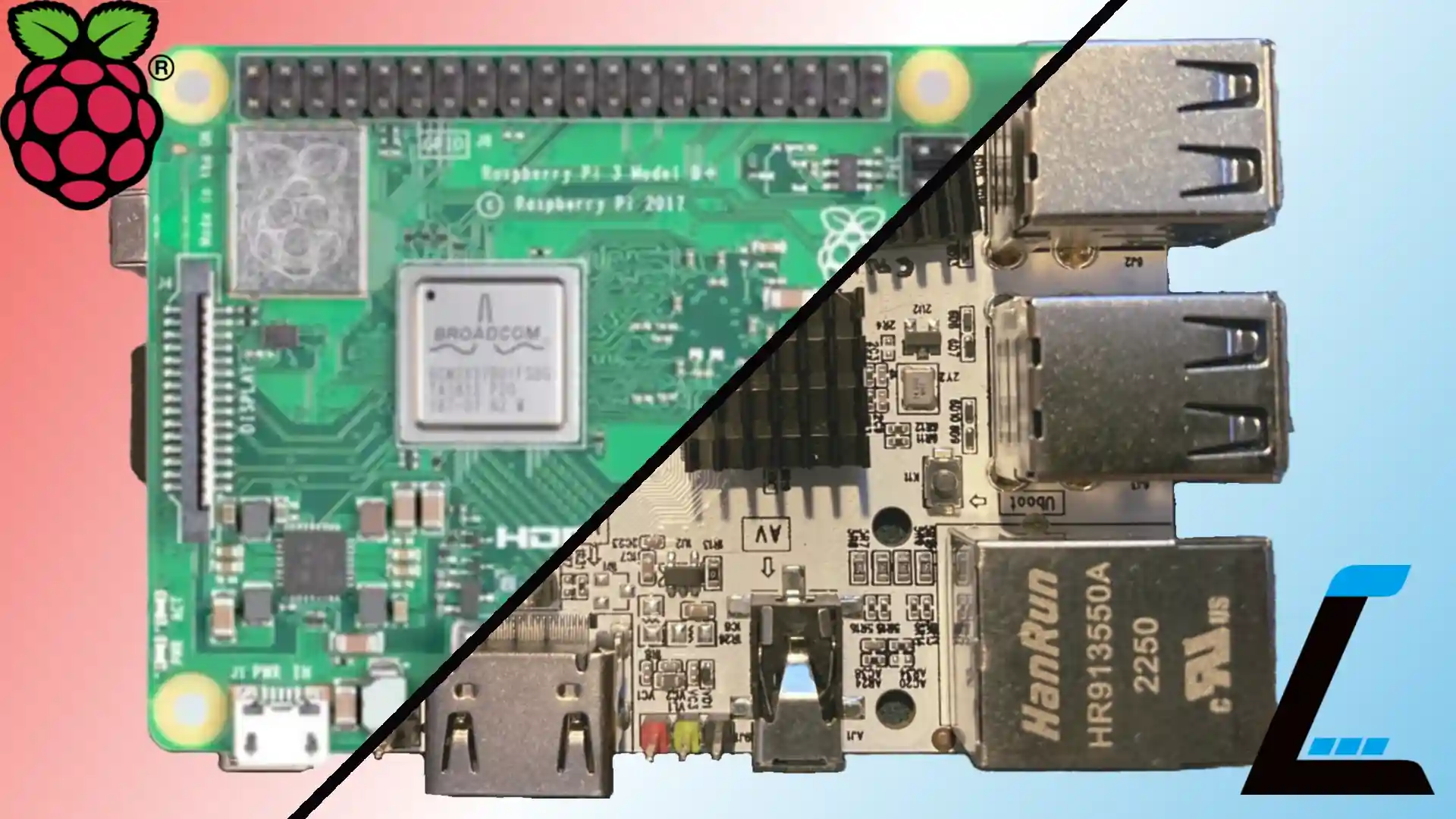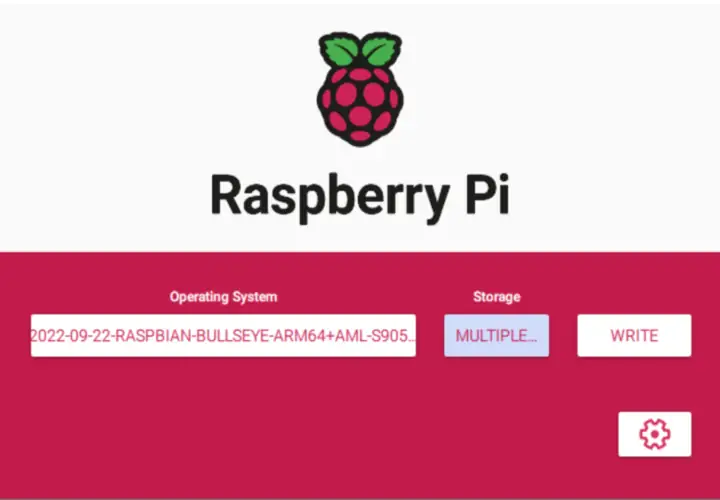Solve The Raspberry Pi Crisis With This $35 Board (2023)
Learn how to make the Le Potato indistinguishable from a real Raspberry Pi 3B+

Raspberry Pi board
Ever since the pandemic, Raspberry Pi's have been impossible to get a hold of. Unless if you're looking to pay more than 2x retail value for one, you're just about out of luck. Getting a Raspberry Pi in 2023 seems to be just a fantacy.
At least, that's what I thought until I discovered this replica board, the AMLs905x-cc (Le Potato). First, let's discuss why Raspberry Pi's are so expensive.
Why are Raspberry Pi's still expensive?
It comes as no suprise that the pandemic had disrupted many things- including the manufacturing of computer chips. This was because with everybody staying home, it was difficult for phisical items to be produced.
However, the pandemic started over 3 years ago now and you may be wondering why the Raspberry Pi's are so expensive, or downright unavailable. The truth is that many computer manufactures haven't caught up with the chip shortage. The pandemic effected not only the chip quantity, but the supply chain in general. This includes the distribution, shipping, and market. Plus, with everybody staying home, the people who wanted to tinker with Raspbery Pi's grew, thus leading to a very high demand. With all that in mind, the Raspberry Pi's have been on a long slow road to recovery.
What is a "Le Potato"?

Like many people in the late 2000's, Libre Computer was working on creating small, open-sourced computers to innovate the computer science field. They released their flapship product, Le Potato, in the early 2010's. Le Potato is just a code name for AMLs905x-cc. AMLs905x-cc just means that there's an Amlogic s905X quad core processor that the rest of the board is built around.
However, Raspberry Pi released their products earlier, with better branding and a more aggressive campaign. Libre Computer was for the most part phazed out by Raspberry Pi, and just ended up playing a losing game of catchup.
The good news is that the Raspberry Pi 3b+ and Le Potato have actually become really, really similar boards! They are both form factor compatible with one another, and feature similar spec options.

The Le Potato and Raspberry Pi 3b+ both share 4 usb ports, a micro sd card slot, and a quad core processor
The nice part about the Le Potato is that it actually uses less power and has better graphic capabalities. This comes with a few hardware limitations, though:
-
No built in Wifi/Bluetooth (USB adapter or ethernet required)
-
No USB 3.0 support (just USB 2.0)
-
No HDMI 2.1 cables (most manufactures make 2.0 cables anyways)
When ordering a Le Potato off of Amazon, they offer a $45 model that comes with a wifi module , if you don't want to get that seperatly. Most HDMI cables are already on the 2.0 platform, so that's typically not a worry. However, the USB 3.0 can be a bottleneck sometimes, but I've never found it to be an issue. Just check to make sure your hardware is compatible with these limitations before ordering anything.
There are a few more limitations that I didn't mention, especially the niche ones like how the GPIO pins don't match up , or the lack of CSI for cameras. If you plan on doing anything serious with your Raspberry Pi/ Le Potato, I recomended looking at the official site to see all the details.
How to turn your Le Potato into a Raspberry Pi
In principle, turning your Le Potato into an rpi 3b+ is as simple as installing Raspbian (Raspberry Pi software) onto the board.
First, head over to the Libre Computer Distro download site and download 2022-09-22-raspbian-bullseye-arm64+aml-s905x-cc.img.xz
Then use the Raspberry Pi imager to flash the software into your microsd card.

Choose "use custom" and select the downloaded file. It can remain in the zipped format. Select the microsd card and hit write.
The imager should tell you that the write was successful. Even if it was unsuccessful, you can just keep going and try it anyways (worse case scenario, you just re-write it and all the data is cleared). Windows should give you a bunch of popups saying how the drive is unreadable and needs to be repaired. Close the popus and don't repair it.
The next step is to enable SSH. This allows you to connect to the command line from other devices on the network, which can be very useful. It only takes a minute to setup. You can alternatively do this after setup.
First locate the boot directory. For me this is an entirely seperately partitioned drive and would go away if I interacted with one of the popups.
Create a new file and name it
ssh
.

Open it with notepad and paste the following code, replacing it with your proper network name and password. This should work, regardless of whether you use ethernet or not.
ctrl_interface=DIR=/var/run/wpa_supplicant GROUP=netdev
network={
ssid="network_name"
psk="network_password"
key_mgmt=WPA-PSK
}
Save the file and eject the micro-sd card. Insert it into the Le Potato (it goes upside down for some reason)and plug it in. It should start to boot up.
Proceed with the setup. If your "Raspberry Pi" keeps restarting itself, then it's likeley because the power supply isn't good enough.
When prompted to install updates, you don't have to accept.
Your "Rasberry Pi" should restart, and you'll have a fully working micro computer now! The problem with these "Raspberry Pis" is
that they don't come with a very good web browser, nor the software to download one. So let's download Pi-Apps with
wget -qO- https://raw.githubusercontent.com/Botspot/pi-apps/master/install | bash
Open Pi-Apps, and go to internet > browsers and install one of them. My favorite is Puffin.
Now you have a "Raspberry Pi" and you can get back to all those tinkering projects you've been meaning to. Enjoy!
Please note that this page may contain affiliate links. I may or may not earn a small commission if you make a purchase through these links, at no extra cost to you. Rest assured, these links do not influence the content or opinions presented on this website. Your support helps me continue to provide valuable information and resources. Thank you for your understanding and support!